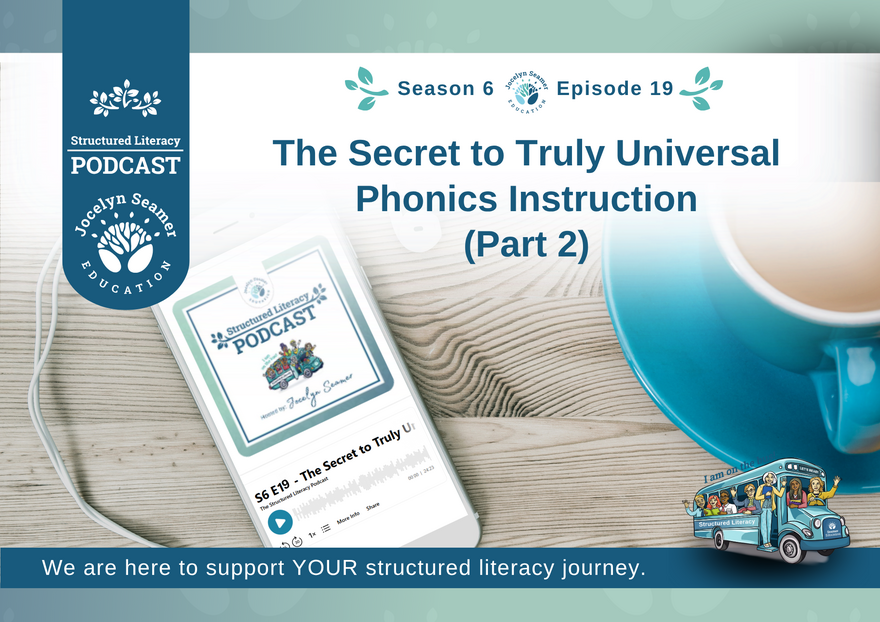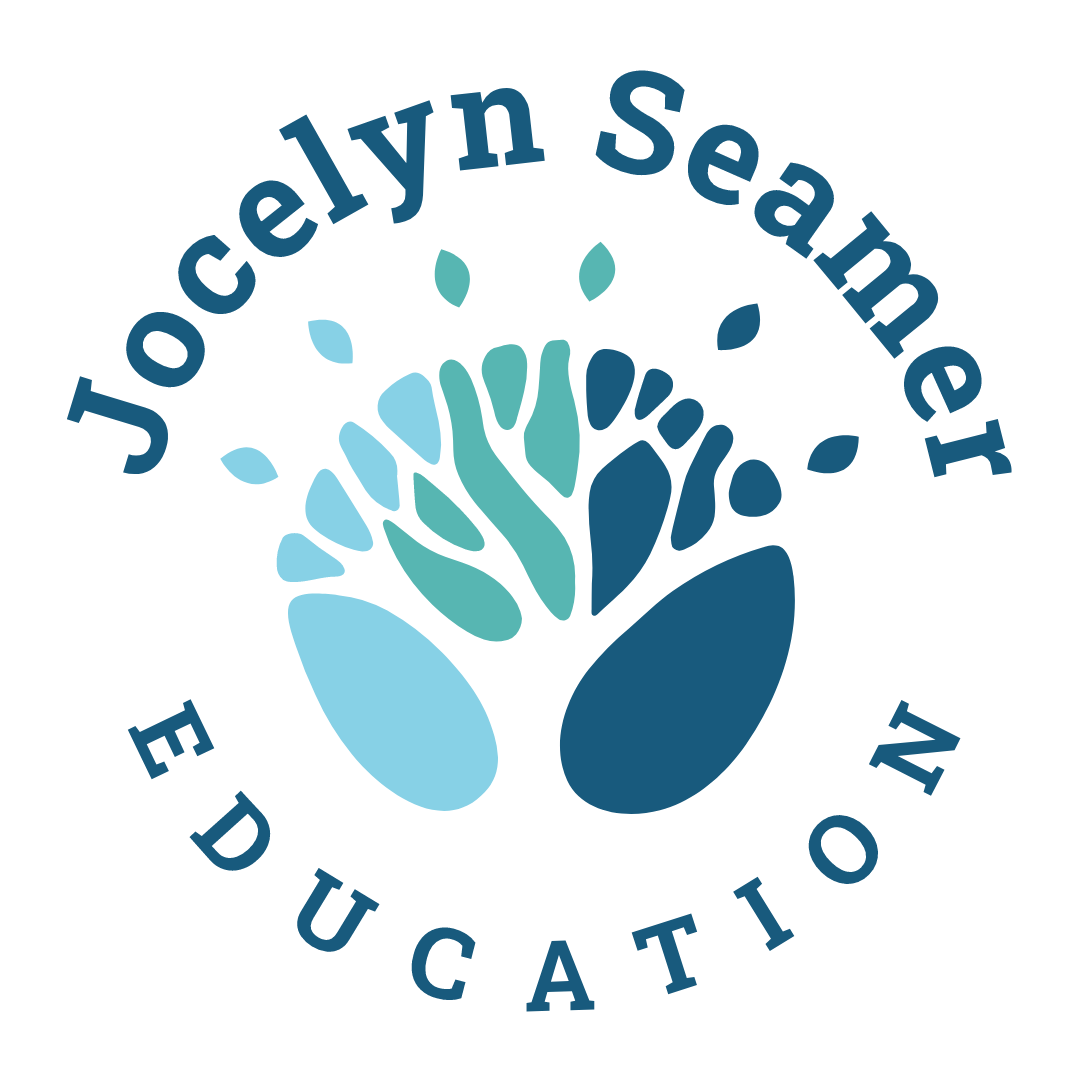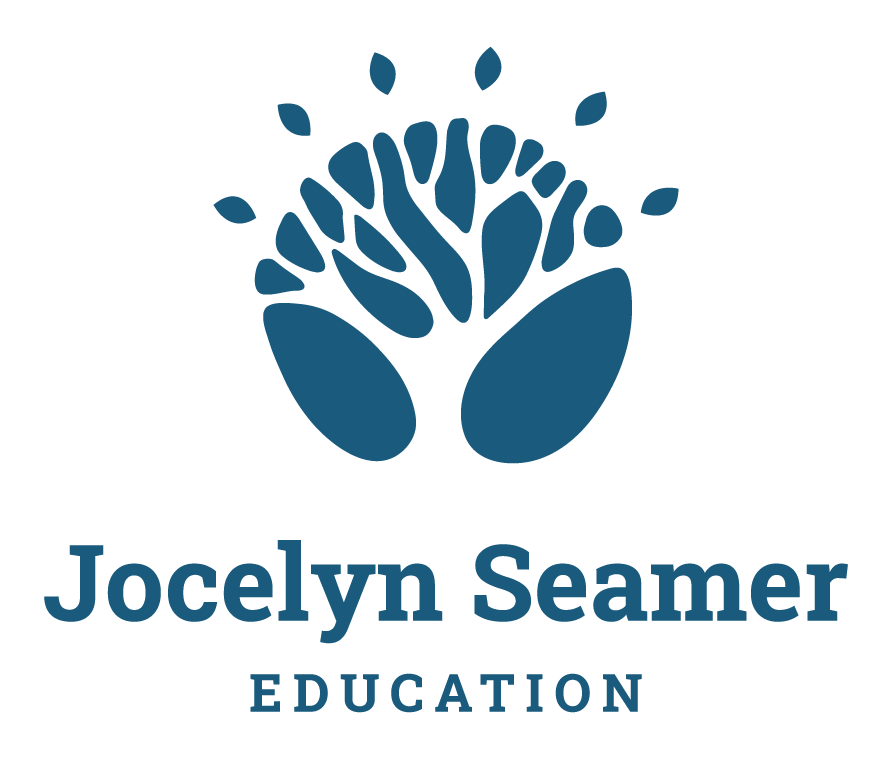S6 E19 - The Secret to Truly Universal Phonics Instruction (Part 2)

Welcome back to the Structured Literacy Podcast recorded here in Tasmania on the lands of the Palawa people. You're joining me for part two of our series on the 10 critical non-negotiable factors for achieving universal success in phonics instruction. If you haven't listened to last week's episode yet, I'd encourage you to go back and listen to that one first. In that episode, we covered the first five factors for success, which really focused on mindset, systems, and our fundamental approach to instruction. Those first five factors lay the foundation for everything we're going to discuss in this episode. Because even with the best intentions and the right systems in place, if we don't get the instructional decisions right, we won't see the universal outcomes we're aiming for.
These factors, six to ten, are where the rubber meets the road. And this is where we move from having the right mindset and systems to actually implementing instruction that works for everyone. So whether you're a classroom teacher thinking about your daily practice, a middle leader supporting your team, or a school leader looking at the whole school picture, there's something in today's episode for you. So let's get stuck in with factor number six.
Critical Factor 6
For factor six, we have to swing back to how we build strong memories for learning. So essentially, component six is that programs must intentionally and effectively introduce only one new piece of information at a time and give students the time and full engagement opportunity to encode that information before we introduce something new.
We can actively and consciously only think about one thing at a time. John Sweller, the architect of cognitive load theory, reminds us that we can only have two to three things in working memory to process within a given task. We know from information processing theory that a failure to encode new learning to get that one thing in our heads and practice it results in the information either sitting in our sensory memory and disappearing or existing only for about 30 seconds and then it's gone. Even if we repeat something that the teacher says and then we repeat it to a partner, if we then leave it and move on to something else, it will be gone in about 30 seconds. In light of this, introducing four or six graphemes at a time to students who have no schema to connect with just doesn't make any sense. Now, some students who come to the learning experience with existing schema and no memory challenges will probably be ok, but they're also likely the same students who are ok with balanced literacy. Remember, we aren't designing the core experience for them. We're designing it looking through the lens of the most vulnerable, knowing that we can increase the pace for students who are ready for more.
So please look at your instruction and count up how many new concepts are introduced within the lesson. Now there's no magic formula to working out what this should look like, but it's pretty clear to me that six or seven concepts covered in a 20 to 30 minute session is simply too many, particularly for our youngest and most vulnerable students. It's almost like we're taking them on a tour of content and occasionally asking them to join in. And if you don't believe me, look at the faces of your students during the instruction. Literally take an iPad and put the screen facing the wall, put this at the front of the classroom, record the students in the lesson and then watch it back. You're not looking at you, you're looking at them. And of course, have a look at the data. Because if instruction is hitting the mark, it will be reflected in the data.
It's so frustrating to me that this fundamental factor of learning is overlooked in programs, and that I'm increasingly hearing from teachers and instructional leaders who get it, but are spending countless hours rewriting their school's chosen program so that it's fit for purpose for all of the students. Now I'm not suggesting students will only do one thing in a lesson. They need to practice previous content, write words, read sentences and text, and all of the components of a solid literacy block. But when it comes to how much new content we're introducing and how much time and how many repetitions we're giving them to encode that and build strong memories, this has to be really carefully managed. If we don't do this, we are guaranteed to be overloading working memory for some students in every single lesson.
Critical Factor 7
Critical factor number seven is that the programs of instruction, whether we buy one, we get one for free, or we make up our own, must be designed so that it's the teacher who makes the decisions about when to move on in content, based on what they see in their students, not in a set-pacing guide that tells you in Term 4, Week 4, on Thursday, you will be teaching lesson number. No program developer knows how your students are going to respond to instruction. They're not sitting in the classroom determining whether what you have taught has stuck. If we aren't monitoring responses and making decisions based on that, then all we're doing is teaching and leaving gaps in our wake. If we're not monitoring and making decisions, we aren't going to be able to provide the appropriate repetitions needed or to cycle back and reteach if necessary. We just teach and then we say, Wow, look, we got through this much content. But that is not actually the question. The question is, How much of it did the students learn?
So rather than a week-by-week pacing guide, I have a preference for what I call at-least points. These are our minimum expectations for growth and achievement for what students with difficulty can achieve with robust instruction. And really, when it comes to phoneme-grapheme correspondence, the expectations aren't actually that high. If a student consolidates eight to ten phoneme-grapheme correspondences every term for the whole of their early years, they'll be in a really good spot to enter Year 3, ready to make morphology the core part of instruction.
Critical Factor 8
Success factor number eight is about having multiple check-in points. We must have a range of check-in points or several feedback loops of varying lengths. Of course, we need to check for understanding within lessons. We then need to have a weekly check-in to see whether what we taught last week has stuck. The next one is the fifth week of a five-week teaching cycle, and then we have the formal assessment that is done roughly every term. Now this might sound like a lot, but please remember I'm not talking about sitting every student down one-on-one and doing an assessment all the time. That bit, that one-on-one assessment, only happens once per term and it's short and sharp, not 40 minutes worth.
Critical Factor 9
Critical factor number nine is about an ongoing commitment to building teacher capability. In my Clarity Shift Model of Development, there are two elements of learning. One is about the context, which is the needs of the students, knowledge of the pedagogy, and how a program operates. The second one is knowing how to make decisions to meet the needs of the context. Learning about all of this isn't accomplished through just watching modules or attending training. That's necessary, but the real work is ongoing. We have to help people develop skills and knowledge to interpret and respond to data, and this is a long-term endeavour. The real development happens as we perform our regular work, not before it. Having strong leadership and an intentional, ongoing focus on building teacher capability is a must.
I was recently visiting one of the schools that I consider to be truly high-performing. The early years middle leaders met with me and asked for feedback on how they had followed on from the data work we'd done together. They talked about how they'd reviewed the data, broke it down, identified the most important parts to tackle first, created a plan for instruction, then they enacted the plan in their teaching before readministering the assessment to evaluate impact. And then they did it all over again for the next thing that needed to be addressed. The ability to do this has only developed because the junior school leaders, Trudy, Narelle and Jill, have had a no-excuses, rock solid commitment to continual improvement.
Now, if you work in a complex school, you might hear about schools who seem to be more privileged, where the students certainly come from a background that's very different from the students you teach. And you might think, Well, sure, they can do that, look at their context. And that feeling is really understandable, but it misrepresents the factors for success. There are plenty of schools whose students come from privileged backgrounds who don't have great results. And there are plenty of schools where students come from really challenging backgrounds who do. There's no cookie-cutter answer to getting outcomes. But what I can tell you is that the same 10 factors show up every time in the schools who I see who are getting outstanding results, regardless of context. Though how they implement will look different depending on each school's unique circumstances. The most critical factor at the school I just described has been a leadership team who simply will not rest until excellence has been achieved.
Critical Factor 10
And we're up to number 10. The final critical non-negotiable that we must have if we're going to see universal growth for our students. And point number 10 is all about leadership. If someone isn't driving your school's literacy bus, don't be surprised if the results don't happen as you want them to. To get what I call minimum viable systems happening, that is, having the systems that get everybody learning, almost takes a force of nature to be in that driver's seat. And this person has to have their eyes squarely on the goals. Without someone, or a couple of someones, to hold it all together and keep everyone moving in the same direction, the success of the improvement agenda is somewhat left to chance. And as I put this episode together, I'm thinking about Iona and Sarah, who, supported by their head of junior school, helped their team navigate the challenges of shifting practice. Looking at their NAPLAN scores, both Year 3 and 5 students have in past years bucked national trends. When the line showing your school's growth is much steeper than the line showing growth for students with similar backgrounds, you know you are getting many things right. And if these two leaders were here, they'd deny that they did anything special. They'd say that they were just doing their job. And I guess maybe they were just doing their job, but they were doing it in the only way they knew how, which was to be determined, to have an eye on the data, to make decisions, yes, about what's needed for students, but also that were responsive to the needs of the team, to bring everybody together.
If we don't have strong leadership driving improvement activities in our school, initiatives will often go around and around in circles, never quite getting anywhere. Because there isn't that one person who says, yes, this is it, we're in, let's go. People look to each other for the confirmation, not knowing if it's time, and so it never happens.
Are we seeing outcomes that are encouraging from the change work that's happened in schools? Yes, we are, and we have to celebrate. We also have to recognise that the job is not yet done. There's still hard work to go. So, how about this? Let's choose our hard. Let's choose the hard that enables us to live out our calling. Let's choose the hard that honours our role as the agents of change that so many of us want to be. Let's choose the hard that leads to data outcomes and student well-being we can celebrate. For me, this has been the only way of being that's ever made sense.
In Conclusion
Thank you so much for listening to this episode of the podcast. I hope that these ten critical factors give you clarity as you plan for next year and as you evaluate where your school is on the journey. Remember, we're not doing all ten things tomorrow, regardless of what political cycles would like. We're choosing the things that will have the most impact on students. And we're making the changes that are the smallest possible changes first that increase the effectiveness of what we do. Your school may be teaching great phonics lessons, but you're not grouping in any way. So perhaps for you, it's looking at who are the students who the data shows isn't being served as we believe they could be. And group just them together. We're not saying tip up the school and ruin everything. Celebrate the strengths that you have, recognise them, don't change things that don't need to be changed, but also have a good hard look and say, ok, I can see that these things may need to be adjusted. And then make a plan moving forward that is manageable, achievable, and sustainable. That's all from me for this episode of the Structured Literacy Podcast. Until next time, happy teaching, everyone. Bye.
Looking for evidence-informed resources to support strong student results? Join us inside The Resource Room!


 Jocelyn Seamer Education
Jocelyn Seamer Education
0 comments
Leave a comment